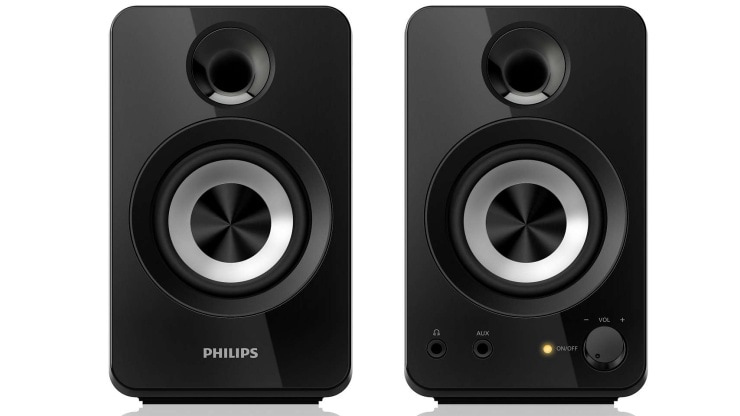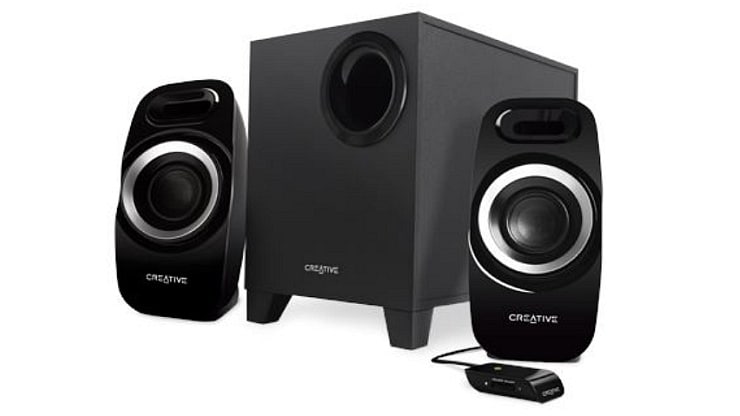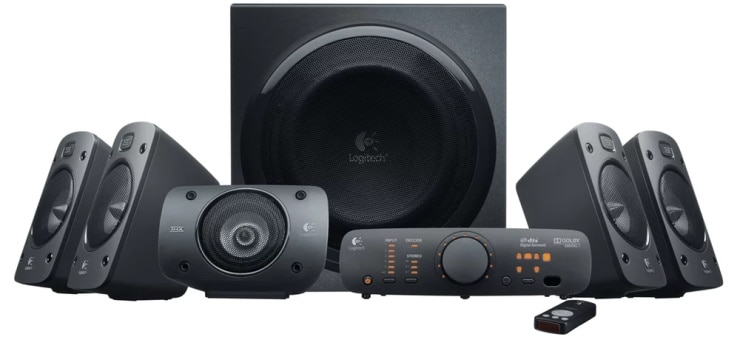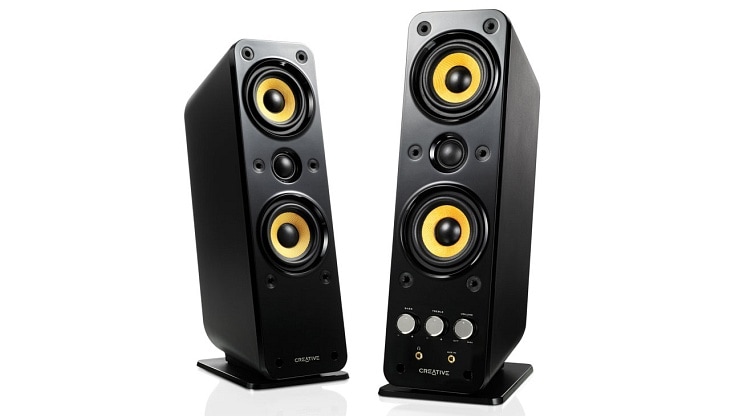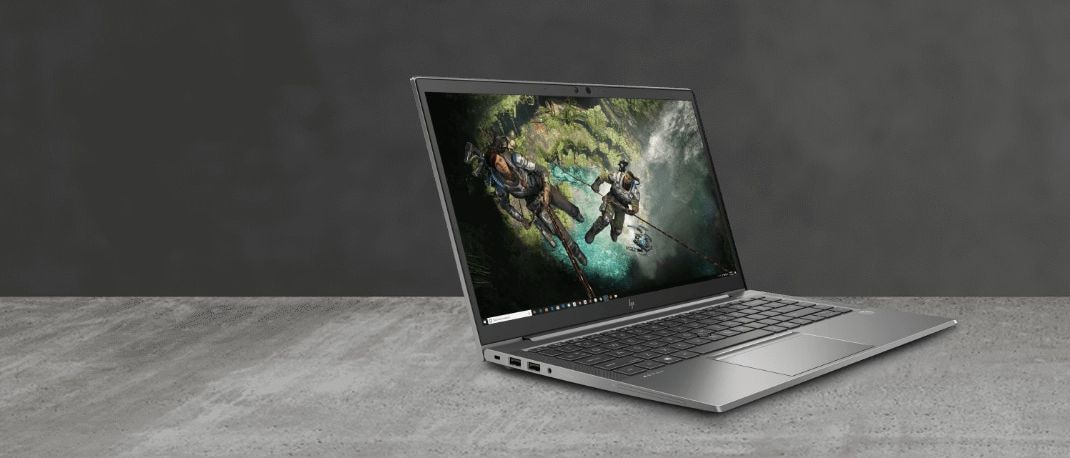Listening to music and watching movies is something we enjoy on our phones and laptops. We’re quite content with using earphones, but the best experience is found on a good set of speakers. They’ve been around a while, popularly named computer speakers or desktop speakers for the past 20 years or so. Some features have been added since then and you can find these in models of all formats, sizes and price ranges. Price isn’t always the best indicator as you can easily find gems in the form of impressive sounding speakers priced well within every budget. There are some things that you ought to pay attention to. In this buying guide, we’re giving you some of those hints and methods to find a good pair of speakers for your needs.
What do you need the speakers for?
Most speakers are designed for a specific purpose. Being clear on this purpose can go a long way. It will help you pick a model that's great value-for-money and fits your budget just right, and you won’t have to compromise. At the same time, a more expensive speaker could be better but serve a completely different purpose.
For casual music listening (2.0 speakers) - Many of us like listening to music very casually, more like an ambient background sound while we’re doing other things. You could be listening to music while writing or designing or just lying in bed reading a book. These speakers need not be loud and not necessarily distracting with extremely boomy sounding bass. Subwoofers are what create bass so you could opt for speakers that don't come with one. These are called stereo speakers, or 2.0 speakers and they’re perfect for you. The .0 in the model denotes the lack of a subwoofer. These kind of speakers are good companions for listening to light music from your laptop or desktop or mobile phone. Owing to their compact design, they can sit on your study desk or your bedside table.
For gaming and music listening (2.1 speakers) - Some of like our music loud and punchy. We like to hear the window rumble to the music, and tables resonate to the sound of the guitar’s distortion. Bass forms an important part of a lot of music, be it the latest pop earworm or a metal track from your favourite 90s band. While speakers that are perfect for this sort audience are bulkier and have an added speaker, the subwoofer, they make a world of a difference to when you're listening to music. They're called 2.1 speakers - the .1 denoting the subwoofer addition to the 2 satellite speakers. You’ll need to keep the subwoofer on the ground for them to sound good though. They are best used on a desk or in the living room next to your TV or connected to your gaming console or PC. Movies and music are these speaker’s strong point.
For movie watching (5.1 surround speakers) - While 2.1 speakers are great for loud, punchy music, 5.1 (5 speakers with a subwoofer) add a new dimension to the sound. They're perfect for an audio-video room, a living room where space is no concern. The 5 satellites include two front speakers, the center speaker to deliver the dialogues in a movie and the rear for the ambient sounds in a scene. The woofer pumps out the bass and it’s critical for a good surround sound speaker. This combination is perfect for any movie enthusiast, specifically those who have an inclination toward action movies. You my need to make some provisions to have cables run along the edges of your room to place the rear speakers in their ideal positions. Make sure they’re pointing you and are at roughly the right ear-level for the ultimate sound.
How can I tell how good these speakers sound?
The simplest and the best way to know how speakers will sound is to try them out. Come drop by at one of our stores. We have a bunch of enthusiasts who'll help you check out the speakers we have on display, with the music of your choice. Power output - If you're trying to make sense of how loud a speaker is, then take a glance at the speaker’s specifications. The power output of the speaker is rated in Watts (RMS). This is usually anywhere between 30W going right up to 200 to 300W depending on the size of the speakers. Most for moderate sized rooms, a speaker with a power output of 40 - 60W is sufficient for casual listening. Speakers rated in excess of 150W are better for those who want a loud setup.
Drivers and Frequency range - The drivers are the key bits that create the sound in a speaker. They're housed in every speaker, with the cone being the exposed component that's seen at the front. Every driver has a range of sound it can create and this is usually described in the specifications. These specifications aren't always indicative of the performance but in some cases, they can tell you a decent bit about the speaker. Most speakers can perform in a range from as low as 50Hz going up to 16,000 or above. The lower numbers describe the performance of the subwoofer, or how bassy the sound will be. Subwoofers are claimed to start from as low as 20Hz. The other extreme tells you good the treble sounds. This is the frequency range you'll find in squealing guitars and cymbals on a drum kit. It's also the kind of the sound that shattering glass or falling metal sheets would make. The mids are handled in between the low and high range and it includes everything from vocals to instruments. It's the right normal combination of all these ranges that make a speaker sound good. In short, look for the widest frequency range. When you're listening to music, there are other things to look out for. These are often things that could ruin the way your speaker sounds. The first one is the distortion. This typically happens when you play speakers at high volumes and is found when you crank the volume dial to over 70 - 80%. Still, try to play music on speakers till around the 50% range and look out for any kind of jittery sounds and crackling. The other issue you might notice is a constant background hiss. Connect the speakers to your device and don't play any sounds from it. Check to see if you hear a loud-enough hiss. Sometimes the hiss is generated by the kind of grounding in your power lines. Sometimes, it's a sign of the speaker's quality and its ability to filter out noise. A good speaker will have nearly no hiss.
What do you want to connect to your new speakers?
Most speakers come with a 3.5mm audio input jack or a pair of RCA input connectors. 3.5mm audio outputs are commonly found on your phone, tablet or desktop PC to your speakers. A simple cable is enough to connect it. RCA connectors are larger plugs and a simple 3.5mm to RCA adapter will let your devices connect to your speaker. The speakers we described can also be used with your TV. Simply plug in the TV to the headphones jack option or use the RCA connectors at the back of your TV to connect it to the speakers. Surround speakers might need additional connectors for front, rear speakers and for the center and subwoofer channel. These are better suited for PCs with surround sound outputs.  If you're planning on using the speakers specifically with your phone, tablet or PC, the Bluetooth feature is a must. This was a feature rarely on speakers a few years back, but is more prominent now. Ensure that your model has it. If you want the speakers to be a standalone music system, you'll be glad to know a lot of speakers these days allow you to use a USB pen drive or hard drive to store music. This feature lets you simply plug in a drive and play music off it. A 64GB pen drive for example can store as many as 10,000 songs. That's enough music to run non-stop for a very long time. A wireless remote control adds more convenience. Some of the other minor things to look out are for the build quality and design of the speaker. The weight of the speaker for example, as odd as it seems, is a good indicator of how good speakers are. The kind of buttons and dials used are also important. Avoid speakers with flimsy plastic buttons or loose dials. This guide should hopefully cover a lot of ground and help you pick speakers easily. If you have any questions and doubts, you can always drop us a comment below or stop by one of our stores. Our enthusiastic staff will be more than happy to offer advice and recommendations.
If you're planning on using the speakers specifically with your phone, tablet or PC, the Bluetooth feature is a must. This was a feature rarely on speakers a few years back, but is more prominent now. Ensure that your model has it. If you want the speakers to be a standalone music system, you'll be glad to know a lot of speakers these days allow you to use a USB pen drive or hard drive to store music. This feature lets you simply plug in a drive and play music off it. A 64GB pen drive for example can store as many as 10,000 songs. That's enough music to run non-stop for a very long time. A wireless remote control adds more convenience. Some of the other minor things to look out are for the build quality and design of the speaker. The weight of the speaker for example, as odd as it seems, is a good indicator of how good speakers are. The kind of buttons and dials used are also important. Avoid speakers with flimsy plastic buttons or loose dials. This guide should hopefully cover a lot of ground and help you pick speakers easily. If you have any questions and doubts, you can always drop us a comment below or stop by one of our stores. Our enthusiastic staff will be more than happy to offer advice and recommendations.

